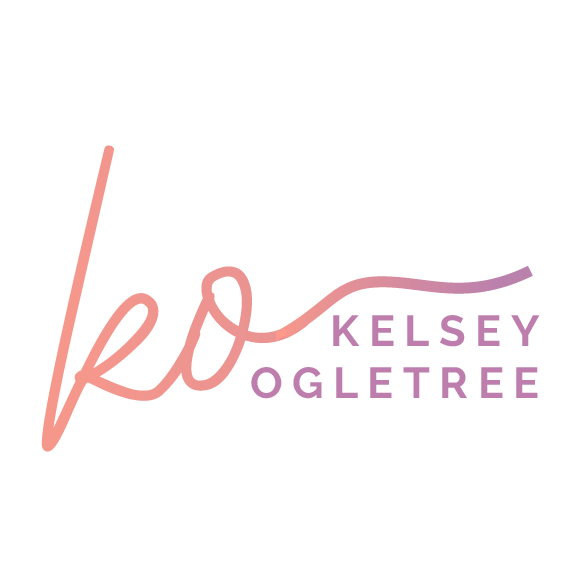3 Examples That Show How Long Freelance Writer Placements Actually Take
Yesterday I received a few pitches related to Valentine’s Day roundups. These puzzled me as yesterday’s date was Feb. 12—yes, two days before Valentine’s Day. While those last-minute pitches sometimes have a chance of getting picked up by an editor who’s looking for something to add into an existing story, they fall flat when sent to freelance writers, as it’s nearly impossible for us to pitch a timely story on something with such short notice.
Having worked as an editor and a freelance writer, I can say timing is a major difference between pitching these two types of media. As such, here are a few different examples of just how long a story actually takes to get published, and where publicists played a role.
Story: Why It's More Important Than Ever to Visit Australia's Great Barrier Reef, Travel + Leisure
Format: Print and digital
Ideation to publication time: 26 months
I visited Australia’s Great Barrier Reef in December 2017 for a business conference focused on meetings and events, right after I’d left my editor job. More than a year later, I learned my Travel + Leisure editor was looking for story ideas from this region, so I researched what was new near the Great Barrier Reef and discovered a trend of major hotel renovations, including at two properties I’d visited. I pitched her the idea in early February 2019, and my first print piece was commissioned from them in late March. April was spent researching and writing the piece, and it was good I had extra time, because corresponding with PR teams in Australia took longer than U.S. teams because of the time difference. The piece was submitted in May, planned to run in July 2019. Ultimately it ended up getting pushed back several issues due to unforeseen spacing issues and overlapping content on the magazine’s side, and then in late 2019, I had to rework the piece to adjust for news of the Australian fires. The story ultimately ran in print in the February 2020 issue.
Story: The Best Prenatal Vitamins, According to Ob-Gyns (Plus, Why You Need Them In the First Place), Shape
Format: Digital
Ideation to publication time: 5 weeks
My first day back to work in January after the holidays, I sent over a new list of seven ideas to my digital editor at Shape, with whom I’ve worked for about two years now. She approved several of them a few days later after some back and forth and additional research narrowing down specific angles. For the story on prenatal vitamins, she asked me to review articles that competing publications had recently published on the topic and suggest an angle that could compete with them on an SEO level. I did three interviews for the piece and submitted it on deadline, Jan. 24, where it stayed in the queue on Skyword (a submission platform used by Meredith) until Feb. 10. A new editor at Shape reached out to me with edits in early afternoon, which required me to go back to all sources (i.e., PR teams) with a few urgent questions and resubmit by end of day. A few more edits were needed the following morning, which resulted in me feeling a bit frantic to get things wrapped up on the editor’s timeline for publishing—but the piece ran as planned on Feb. 11.
Story: Women Still Tackle More Housework Than Men, But Things Are (Slowly!) Shifting, Better Homes & Gardens
Format: Digital
Ideation to publication time: 2 working days
On Jan. 29, I saw the digital editor with BH&G post in one of the Binders Facebook groups I’m in about a full-time job. I’d been wanting to break into that publication, and she seemed nice and friendly from her post, so I sent her an email right away with a pitch. She responded on Jan. 31 (confirming my hunch she was nice, as this is extremely rare for editors), not only assigning me the story I pitched but also giving me this assignment based on a new report, due Feb. 4. I was enthusiastic about working with her and wanted to make a great first impression, so I wrote the piece and submitted it a day early. She was happy with it, had minimal edits and ended up running the piece Feb. 3, the same day I submitted.
As you can see, the timeline for freelance writer stories varies widely—and it’s also not consistent, even with the same editors. The main takeaway is that stories with the greatest impact and that are the most enduring take time, and lots of it. As a freelance travel writer, I can’t give you the moon with a slam-dunk destination feature in a top-tier publication in a month’s time. It just doesn’t happen that way. (and, um, that’s why I preach about relationship building!) That’s not to say digital stories are less important, but quick turn-around pieces generally have a shorter lifespan than larger features or print stories—and that makes sense, because they are easier and faster to produce. Good things come to those who are patient; trust me, I speak from experience!
Were these examples insightful? Would you like to know more inside stories about the process of freelance writing and pitching? Let me know in the comments, and please share what else you’d like to know (and if you’d like more of this series).

